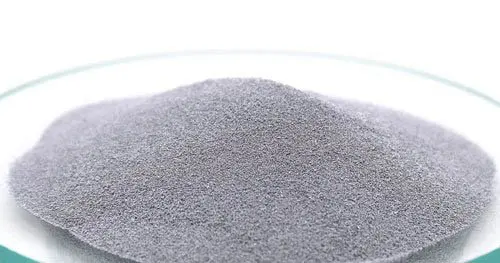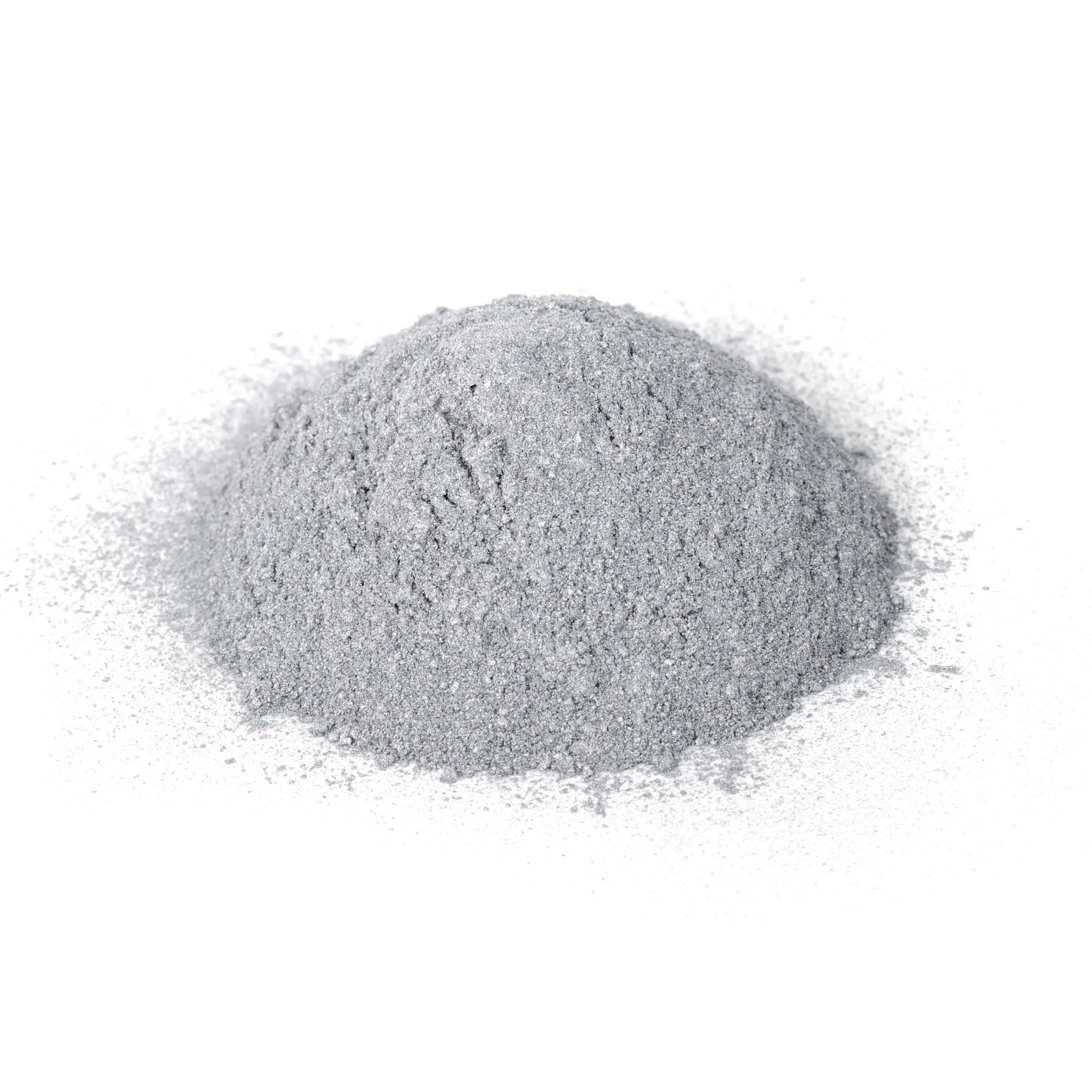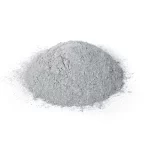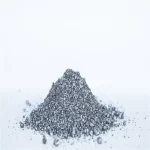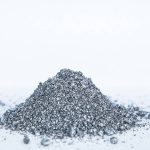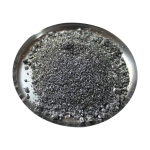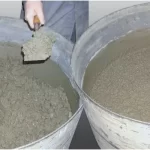
Making aluminum powder
Making aluminum powder
Understanding the Process of Making Aluminum Powder
Making aluminum powder involves converting aluminum metal into fine particles with a controlled size and shape. The process typically follows these general steps:
1. Aluminum Ingot Preparation
The first step in making aluminum powder is obtaining high-quality aluminum ingots. These ingots are typically made from primary aluminum, which is derived from bauxite ore through the Bayer process. The ingots are then melted and cast into desired shapes for further processing. It’s crucial to ensure the aluminum used is pure and free from impurities that may affect the quality of the resulting powder.
2. Mechanical Milling
Mechanical milling, also known as ball milling, is the most common method used to make aluminum powder. This process involves placing aluminum flakes or granules into a ball mill, which is a rotating cylindrical container filled with grinding media such as ceramic balls. The collision and impact between the aluminum particles and the grinding media break down the aluminum into finer particles.
During mechanical milling, the milling time, speed, and ball-to-powder ratio are carefully controlled to achieve the desired particle size and distribution. The process may take several hours or even days to ensure the aluminum is finely ground into powder form.
3. Sieving and Classifying
After mechanical milling, the aluminum powder is sieved to remove any coarse particles and ensure uniformity in particle size. Sieving is performed using fine mesh screens to separate the powder into different size fractions. The classified powder can then be collected, packaged, and prepared for various applications.
Safety Considerations in Making Aluminum Powder
Working with aluminum powder requires adherence to strict safety protocols due to its flammable nature and potential health hazards. Here are some important safety considerations to keep in mind:
Ventilation: Ensure proper ventilation in the workspace to prevent the accumulation of aluminum powder particles, which can create an explosive atmosphere. Implementing local exhaust ventilation systems and wearing personal protective equipment, such as respiratory masks and goggles, is crucial.
Fire prevention: Aluminum powder is highly flammable and can ignite easily. It’s essential to store and handle the powder away from ignition sources, such as open flames or sparks. Fire extinguishers and fire suppression systems should be readily available in case of emergencies.
Dust control: Aluminum powder can generate fine particles that pose inhalation risks. Implement dust control measures, such as using enclosed systems, dust collectors, and wet methods, to minimize airborne particles. Regular cleaning of the workspace and proper personal hygiene, including washing hands and avoiding ingestion, are also important.
Applications of Aluminum Powder
The versatile properties of aluminum powder make it suitable for a wide range of applications. Some common uses include:
Pyrotechnics: Aluminum powder is a key ingredient in fireworks, flares, and other pyrotechnic devices. Its ability to produce bright and vibrant sparks when ignited makes it highly desirable in the pyrotechnics industry.
Additive Manufacturing: Aluminum powder is used in various additive manufacturing processes, such as selective laser melting (SLM) and powder bed fusion (PBF). These processes allow for the production of complex aluminum parts with high precision and strength.
Coatings and Pigments: Aluminum powder is used in the production of metallic coatings and pigments, providing a reflective and corrosion-resistant surface. It is commonly used in automotive coatings, reflective paints, and decorative applications.
Chemical Reactions: Aluminum powder is a crucial component in certain chemical reactions, such as thermite reactions. These reactions generate intense heat and are used in welding, metal cutting, and incendiary devices.
Conclusion
Making aluminum powder is a carefully controlled process that involves converting aluminum metal into fine particles with defined properties. Mechanical milling is the most common method used, followed by sieving and classification to achieve the desired particle size. Safety considerations, including proper ventilation, fire prevention, and dust control, are essential when working with aluminum powder.
With its versatile properties, aluminum powder finds applications in various industries, from pyrotechnics to additive manufacturing. Its lightweight nature, corrosion resistance, and reflective properties make it a valuable material for coatings, pigments, and chemical reactions.
By understanding the process of making aluminum powder and implementing appropriate safety measures, manufacturers and researchers can harness the potential of this remarkable material and explore new possibilities in diverse fields.
